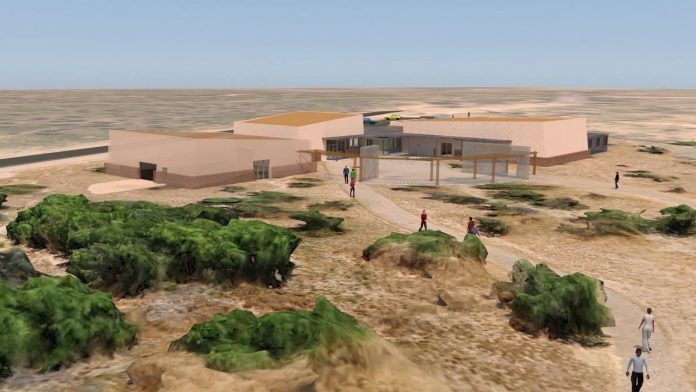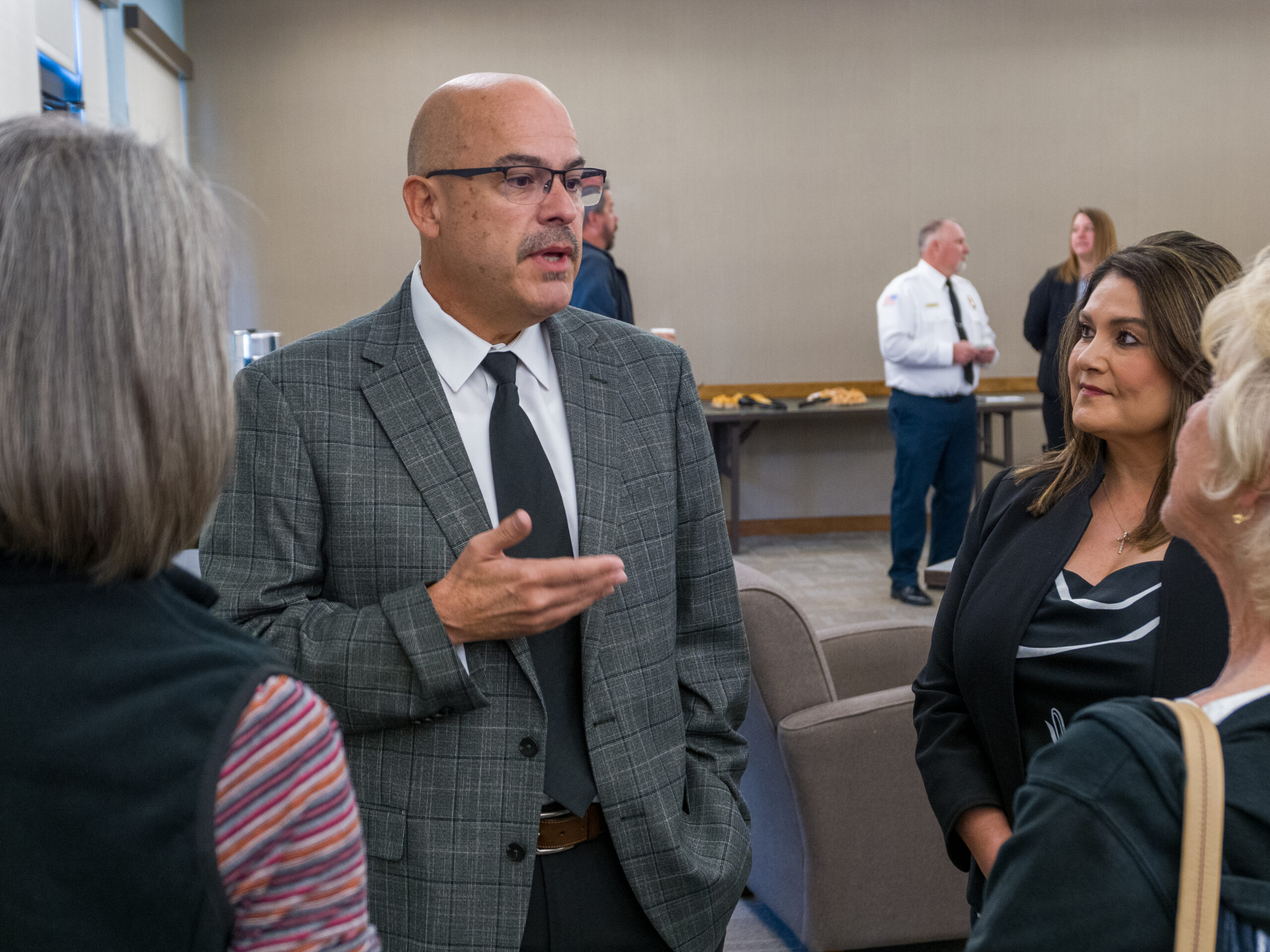Last spring, the Verde Valley Archaeological Center applied for a grant and loan from the U.S. Department of Agriculture to take advantage of the Rural Economic Development Program.
The VVAC has since found out that their grant was approved, allowing the nonprofit to take advantage of $4.7 million in low-interest 10-year loans and somewhere between $50,000 and $100,000 in grants to build a new museum facility on 15.3 acres of property it acquired in 2015 just south of where Interstate 17 meets State Route 260.
“The Rural Economic Development Loan and Grant program provides funding for rural projects through local utility organizations. USDA provides zero-interest loans to local utilities which they, in turn, pass through to local businesses — ultimate recipients — for projects that will create and retain employment in rural areas,” according to the USDA website. “The ultimate recipients repay the lending utility directly. The utility then is responsible for repayment to USDA.”
In 2018, the VVAC opened up a heritage trail on its property, allowing visitors to observe pithouses and other features of pre-Columbian history in the Verde Valley. But the proposed museum would feature much more of the VVAC’s collection and teach more about the history of American Indian settlement in the area.
While VVAC Director Ken Zoll has envisioned plans for a wide-ranging museum facility featuring classrooms, offices, a repository and a courtyard, he said that plans have to be scaled back based on what the center can afford with $4.7 million.
The money is intended to be spent on those aspects of the center that are able to generate revenue — the museum itself, as well as a 200-person auditorium that could be rented out for events. The VVAC will have to pay about $18,000 per month to pay back the loan.
“We had estimated 20% of the people who will visit Montezuma Castle [National Monument] and that would be basically 80,000 people a year,” Zoll said. “We had outside CPAs review our financials [as part of the grant proposal] and they said, ‘You’ll still be good if you only get 40,000 a [year].’ We have a range of 40,000 to 80,000 annually that would allow us to pay back the loan.“
Plans for the museum will have it split into four sections:
- The timeline of history in the area, dating back 12,000 years.
- Details of the lives of the people who lived in the area, featuring a recreated cave dwelling and artifacts from the Paul Van Dyke collection found in Arizona.
- Archaeological methods, such as tree-ring dating and ground-penetrative radar.
- A rotating gallery of visiting collections.
Zoll hopes that all the collections will be designed using modern technology, such as
holograms on artifacts showing how they were used and virtual reality, in the hopes of making the archaeology come alive.
“They’ll all have more than just dusty artifacts,” Zoll said. “We’ve got to get it more into the age of today, where most millennials and the younger kids are into all this interactivity, and we’re going to take advantage of that to make it almost more of an entertainment venue, while being educational, but not being just boring, dusty artifacts of museums.”
Zoll also hopes that the auditorium can be used not just for archaeological events, but for use for other events in the community such as dinners and galas, weddings and film screenings.
The VVAC intends to outfit it with sound and video equipment and to include a catering kitchen that can be used for events.
The VVAC board is seeking fundraising to ensure that the center is prepared to payback its loans even if revenues take time to meet expectations. The center is aiming to raise $200,000 for a contingency fund before it gets started. Zoll spoke before members of the community in Sedona and Camp Verde this week, describing plans for the museum and asking for donations. According to Zoll, two donors pledged $50,000 each shortly after the fundraising began, bringing the center close to its goal.
“The center began in 2010 with eight individuals determined to keep archaeological artifacts from being removed from the area as they had been since the 1860s and to help preserve the many ancient sites,” Zoll wrote in a fundraising letter he sent to potential donors. “Today we have over 560 family members with over 1,000 individuals. Our history … showed steady progress toward our ultimate goal of building a new archaeology campus for both education and collections. We are now on the brink of achieving this goal.”



